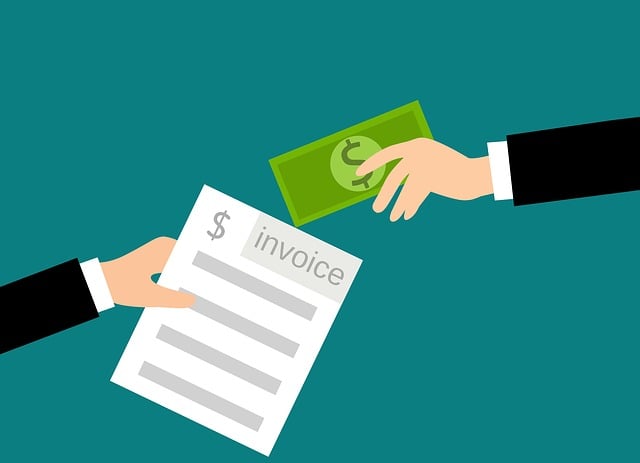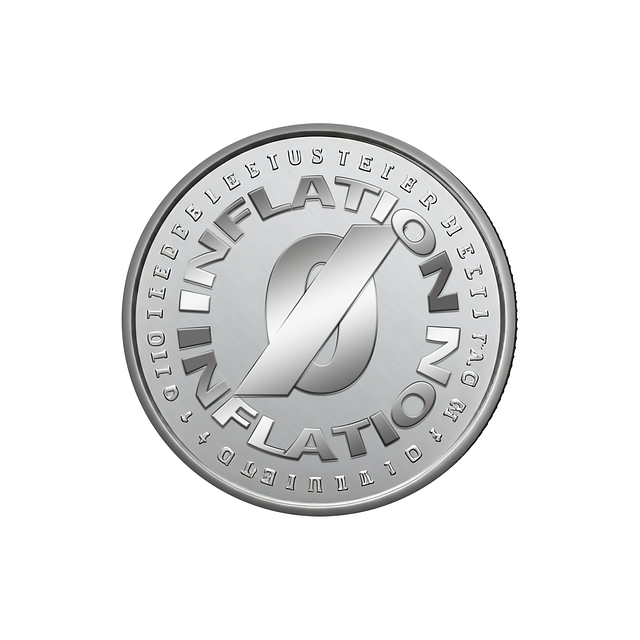Spot factoring provides businesses with a flexible alternative to traditional whole ledger factoring, allowing them to strategically manage their cash flow. By selecting specific invoices for funding, companies gain granular control over their finances, accessing capital promptly without tying up all assets. This method is ideal for smaller firms or those with seasonal fluctuations, enabling them to optimize cash flow and seize opportunities. Comparing factoring options, including whole ledger vs spot, is key to choosing the best approach for tailored business cash management and long-term financial stability.
In today’s fast-paced business landscape, effective cash flow management is crucial for survival. Spot factoring emerges as a flexible invoice funding solution, allowing businesses to unlock immediate liquidity by selling accounts receivable. This article delves into the intricacies of spot factoring, exploring its benefits over whole ledger factoring and how it can optimize cash flow. We’ll guide you through comparing different factoring options and provide strategies to implement spot factoring for enhanced business cash management.
- Understanding Spot Factoring: A Flexible Invoice Funding Solution
- How Does Spot Factoring Work? The Whole Ledger Approach
- Unlocking Benefits: Advantages of Spot Factoring for Businesses
- Comparing Factoring Options: Choosing the Right Path for Cash Flow Optimization
- Implementing Spot Factoring: Strategies to Enhance Business Cash Management
Understanding Spot Factoring: A Flexible Invoice Funding Solution

Spot factoring is a flexible invoice funding solution that offers numerous benefits for businesses looking to optimize their cash flow. Unlike traditional factoring, which involves assigning all invoices for a specific period, spot factoring allows companies to choose which invoices to factor, providing them with greater control and flexibility in managing their cash. This approach is particularly appealing for businesses with uneven sales cycles or those that prefer to maintain autonomy over their financial decisions.
By comparing different factoring options and selecting the right spot factoring approach, businesses can effectively manage their business cash flow. Whole ledger factoring, where all invoices are sold to a factor, may be suitable for larger enterprises with consistent cash flow needs. However, for smaller businesses or those experiencing seasonal fluctuations, spot factoring enables them to pick and choose invoices based on their current financial situation, ensuring they only invest what’s necessary while reaping the benefits of immediate funding.
How Does Spot Factoring Work? The Whole Ledger Approach

Spot factoring, specifically the whole ledger approach, offers businesses a dynamic way to optimize their cash flow and manage their finances effectively. This method involves selling all eligible invoices from a company’s entire ledger at once to a factor (a financial institution or specialized firm). Unlike traditional factoring where only individual invoices are sold, this approach treats the entire accounting ledger as collateral, providing access to a more substantial pool of funding.
By adopting whole ledger factoring, businesses gain immediate benefits such as faster cash release, improved cash flow management, and reduced administrative burdens when compared to other financing options. It allows companies to compare factoring opportunities, choose the most suitable approach for their needs, and thereby enhance overall business cash management strategies.
Unlocking Benefits: Advantages of Spot Factoring for Businesses

Unlocking Benefits: Advantages of Spot Factoring for Businesses
Spot factoring stands out as a powerful tool for businesses seeking to optimize their cash flow management. Unlike whole ledger factoring, which involves factoring an entire set of invoices, spot factoring allows companies to choose which invoices to factor, offering greater flexibility and control over their cash resources. This tailored approach enables businesses to compare different factoring options and select the most suitable method for their needs, whether it’s a one-time injection of capital or a recurring funding source.
By choosing a spot factoring approach, businesses can unlock several strategic advantages. It facilitates the ability to manage cash flow more effectively, ensuring funds are available when needed most. This can help with unexpected expenses, seize market opportunities, or simply bridge financial gaps. Furthermore, spot factoring provides real-time access to capital, allowing companies to make informed decisions and adapt quickly to changing market conditions. Effective business cash management is thus achieved through this dynamic approach, fostering growth and stability in the long term.
Comparing Factoring Options: Choosing the Right Path for Cash Flow Optimization

When exploring spot factoring for flexible invoice funding, it’s crucial to understand the various options available and compare their benefits. Factoring companies offer different approaches like whole ledger factoring, where all eligible invoices are sold, and spot factoring, which allows businesses to sell specific invoices as needed. Understanding these distinctions is key to selecting the optimal path for cash flow optimization.
In comparing factoring options, consider the flexibility offered by spot factoring—it aligns perfectly with dynamic business needs. This approach provides immediate access to funds for selected invoices without committing the entire ledger. As a result, businesses enjoy enhanced business cash management capabilities, allowing them to capitalize on opportunities, manage expenses effectively, and maintain a robust financial foundation.
Implementing Spot Factoring: Strategies to Enhance Business Cash Management

Implementing Spot Factoring is a strategic move for businesses aiming to streamline their cash flow and gain greater financial control. This dynamic approach allows companies to unlock immediate liquidity by selling their accounts receivable, focusing on specific invoices or even entire ledgers. By choosing a spot factoring solution, businesses can select the right level of funding based on their needs and avoid tying up all assets in a traditional factor agreement. It’s a flexible option that enables cash flow optimization without significant obligations.
When deciding on a factoring method, comparing various options is key. Whole ledger factoring offers comprehensive coverage but may not be suitable for every business. Conversely, spot factoring provides granular control, allowing companies to target specific invoices and optimize their cash management strategies accordingly. This tailored approach ensures businesses can access the capital they need while minimizing exposure and maintaining a flexible financial stance in an ever-changing market.
